Rocco potato variety
Rocco, or Roco, is a medium-ripening potato variety (Solanum tuberosum). Bred in Austria by specialists from NOES (Niederosterreichischen Saatbaugenossenschaft). Added to the state register of the Russian Federation in 2002 under the official name "Roko". Approved for cultivation in the Volgo-Vyatka, Middle Volga and West Siberian regions of Russia.
The period from germination to harvest is 85 - 95 days.
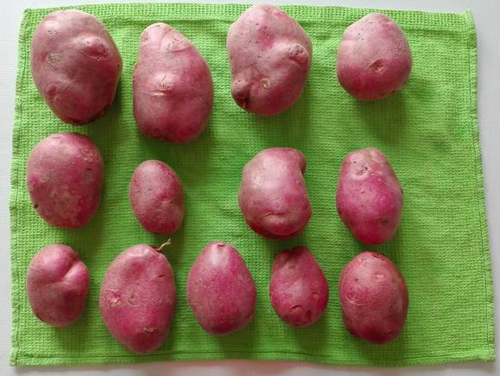
Plants of medium height, intermediate type, semi-erect, well leafy. The leaves are open, medium-sized, green in color. The leaves are medium in size. The waviness of the edge is medium. Corolla large, red-violet color. Flowering is rare or absent altogether. At the beginning of the growing season, the plants develop poorly, but closer to the middle of the growing season they gain growth well.
Potato tubers are medium to large, round-oval in shape. The eyes are small. The peel is smooth, red. The pulp is creamy in color. The mass of marketable tubers is 75 - 120 grams. Marketability (84 - 96%) and keeping quality (90%) are high. The average number of tubers in a nest is 12 pcs. Gardeners have noticed that they form quite close to the surface, at a fairly large distance from the "parent" tuber, which facilitates Rocco's harvesting process.
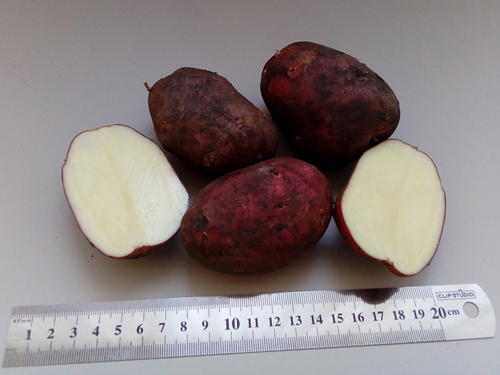
The yield of commercial tubers is 136 - 261 c / ha, which is 23 - 28 c / ha higher than the Bronnitsky standard. The maximum yield is 275 c / ha, which is 65 c / ha higher than the standard (data for the Penza region).
Table variety. Good taste. Suitable for preparing various dishes, especially good as French fries. The pulp is crumbly, pleasant consistency, without excessive wateriness, does not lose its attractive color during heat treatment. The tubers are also suitable for processing into crispy potatoes. The starch content is 13-14.5%, which is 1.1-1.5% lower than that of the standard varieties Petersburg and Golubizna. The dry matter content is 19.7%.
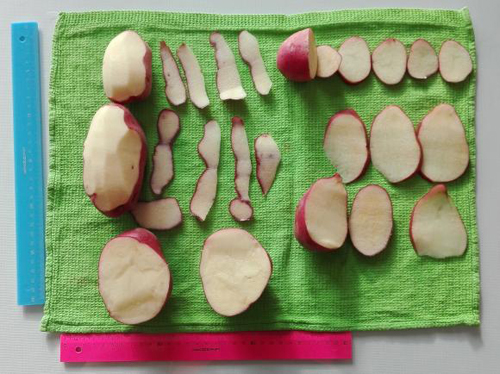
Rocco is characterized by resistance to the causative agent of cancer, aureus cyst nematode and the Yn virus. Resistance of tubers and tops to late blight pathogen is average and below average. Also, our hero is resistant to wrinkled and striped mosaics. Medium resistant to Yntn virus. It tolerates high temperatures well during the growing season. Increased doses of potassium in the soil reduce the sensitivity of tubers to mechanical damage (darkening of the pulp) during harvesting. In general, resistance to mechanical damage during digging is poor.
Some gardeners note that the Colorado potato beetle does not particularly like these potatoes; it will pay attention to it only when there is nothing to eat. Of course, preventive measures should not be neglected.
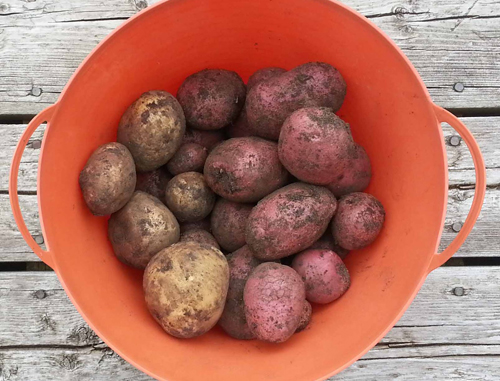
The Rocco variety is stored well and for a long time. It is recommended to germinate the tubers before planting because of their pronounced dormancy period.
Plants are not demanding on soils, but they show the best yield on loose fertile soils - sandy loams and light loams. They are unpretentious in care, do not require the creation of special conditions, however, they respond very well to such simple techniques as hilling, weeding, loosening the soil. Do not forget about preventive measures to combat diseases and pests. Regular watering is also important, if necessary - do not allow the soil to dry out too much or waterlogged. Top dressing is also recommended, the plants respond well to them, however, be careful with nitrogen complexes - their excess can lead to an increase in the growth rate of tops to the detriment of the development of tubers.
It is necessary to maintain crop rotation on the site, in particular, because our hero has a rather low resistance to late blight. Do not plant it in the ground after other nightshades. The best predecessors will be cabbage, cucumber, onion, zucchini, garlic, green manure, legumes. Also, don't forget to renew your seed to keep your potatoes from degenerating.
This variety is very much appreciated by gardeners and large agricultural complexes for a stable good yield, not depending on the weather conditions of the season, a high yield of marketable tubers, and excellent resistance to various diseases. And of course, many people love Rocco for his great taste! Currently, the market is overflowing with various varieties with a wide range of characteristics, but not all of them can boast of excellent taste. And for those who grow potatoes for personal consumption, this is one of the main attributes when choosing a variety for cultivation.
However, as is often the case, opinions on taste differ and a lot of controversy is born. So, someone praises Rocco very much, and someone notes that he is tasteless and watery. We can only say that everyone's personal preferences are different, but it is definitely worth trying to grow this variety, given the entire wide list of its advantages! Moreover, it has very few shortcomings - low resistance to mechanical damage and late blight. But these problems will turn out to be insignificant with a competent approach to growing and harvesting.

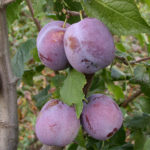
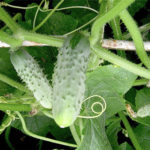

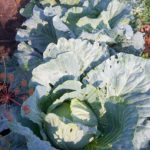
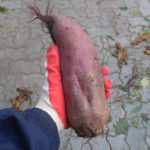



This potato was planted for the first time last year. Our plot is not as large as we would like, so we try to choose the best of the best varieties for planting. Rocco fully met our expectations. We planted five kilograms of seed potatoes of the first reproduction (at least that's what the store told us) on April 15th. Allocated a separate bed, planted in the ridges. I will not hide, I paid special attention to this bed - I often watered, fertilized, repeatedly spudded. The harvest was dug up in August, and when digging some bushes, the eyes were simply round in surprise. Under each bush there are 10 - 15 large, even tubers. There were no small ones at all. As a result, we collected almost 6 buckets of selected potatoes from 5 kg of seeds. In my multi-year cultivation practice, this is a record!
Potatoes with red, rather purple skin and white flesh. The taste is excellent, not very boiled. I cannot estimate the keeping quality yet, since we will store it for the first year. At the end of December, there is not a single seedling, lying as soon as dug up. The entire crop was left for planting the next year. True, all tubers are large, so you will have to cut them.
We plant it for the third year, but decided to change it, because I don't really like that it ripens late and does not have time to ripen the peel, this affects the keeping quality. They began to mow the tops in 2 weeks. It is resistant to late blight, the stems are powerful, the harvest is excellent.